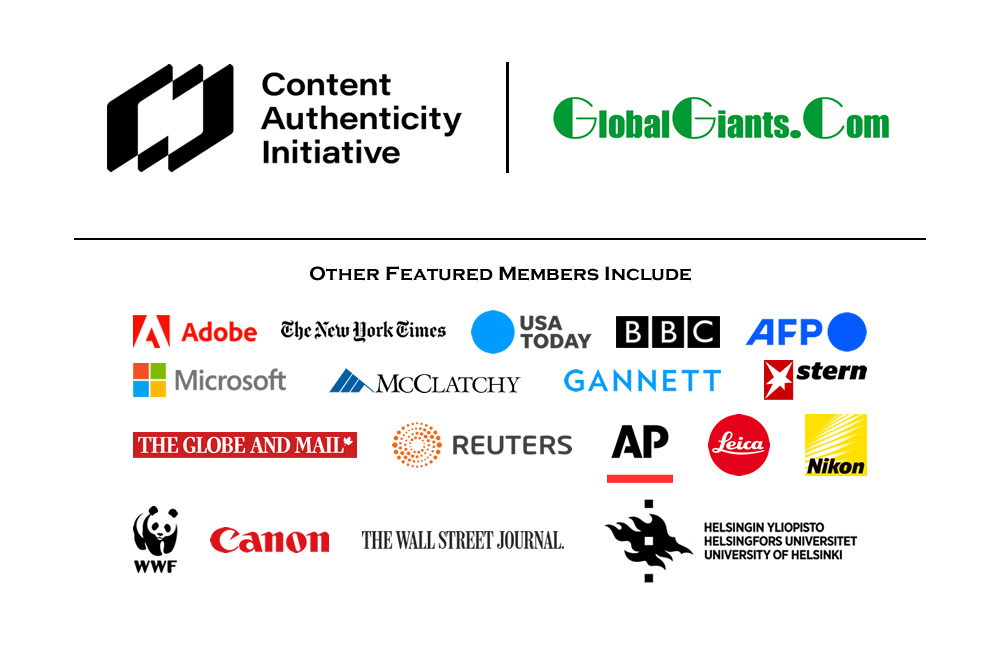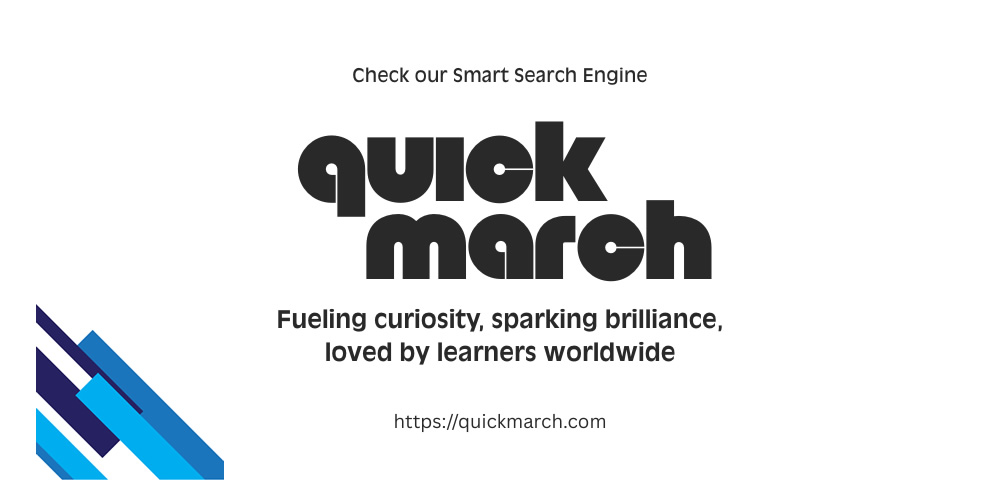« UN Security Council Considers Destruction and Trafficking of Cultural Heritage by Terrorist Groups | Main | 'We Must Be More Agile': How a Culture Shift is Powering Coke’s Innovation Agenda »
December 4, 2017
Do Consumers Know Exactly How Much They Are Paying? New Research from Ivy League Columbia Business School shows the Impact of Hidden Fees on the Shopping Experience

• Researchers reviewed consumers’ purchasing trends when a product’s price is divided into a base price plus one or more mandatory surcharges
• Consumer transactions are more likely to involve an additional surcharge now than they were two decades ago
• Researchers, public policy makers, and marketing managers need to understand the psychological processes underlying consumer spending to effectively utilize partitioned pricing

NEW YORK, December 4, 2017 — Value-added tax (VAT), Goods and Services Tax (GST), Airline baggage fees, fuel surcharges, hotel resort fees, online shipping options and mobile phone service fees are just a few examples of discrete pricing elements that are now the “new normal” of our shopping experience. As the practice - called partitioned pricing (PP) - becomes more widespread, new research from Ivy League Columbia Business School sheds light on how consumers react when they encounter PP.
“From regulatory efforts to pricing strategies, policy makers, researchers and marketing managers need to better understand the way that consumers evaluate and feel about partitioned pricing,” said Eric Johnson, Norman Eig Professor of Business and director of the Center for Decision Sciences at Columbia Business School. “Our research identifies six different dimensions by which consumers experience partitioned pricing, and this framework can be instrumental as companies plot their competitive positioning and segmentation strategies.”
The research, entitled “The Price Does Not Include Additional Taxes, Fees, and Surcharges: A Review of Research on Partitioned Pricing”, introduces a framework that involves six interrelated stages:
Stage 1: Attention to different PP price components
If consumers don’t know of - and comprehend - the multiple pieces that compose total price, they are more likely to underestimate the total cost.
Stage 2: Attitude toward the use of PP for this product
From feelings about the fairness of surcharges to their perception of the seller, consumers come to the table with pre-conceived views about PP.
Stage 3: How consumers combine price components to form a perception of total cost
Whether people ignore surcharges or factor them into the total price, consumers arrive at an overall perception of a product’s total cost.
Stage 4: How consumers evaluate product benefits
When consumers evaluate a product, they may consider other attributes besides price, which may affect their perception of PP in overall cost.
Stage 5: How consumers competitively evaluate the overall product offer
This is the combination of stages three and four by which the consumer forms a full picture of the product.
Stage 6: Post purchase perceptions of the firm and buying experience
If consumers perceive PP to be unfair following a purchase, they will be more careful with future purchases that use PP.
The study has important practical implications for marketing managers, specifically those who seek to use PP to increase demand or reduce price sensitivity. By understanding which stages to focus on, they will want to intervene before - not after - consumers have formed perceptions on pricing.
Public policy makers, such as national and state governments, can use this framework to establish regulations to improve consumers’ understanding of PP, so long as they first understand at what stage the misunderstanding originates. Finally, consumer researchers who seek to study a certain effect of PP will want to know at what stage of the process that effect is likely to occur.
Columbia Business School is a world-class, Ivy League business school that delivers a learning experience where academic excellence meets with real-time exposure to the pulse of global business. Led by Dean Glenn Hubbard, the School’s transformative curriculum bridges academic theory with exposure to real-world business practice, equipping students with an entrepreneurial mindset that allows them to recognize, capture, and create opportunity in any business environment.
|GlobalGiants.Com|







Edited & Posted by the Editor | 5:23 AM | Link to this Post







